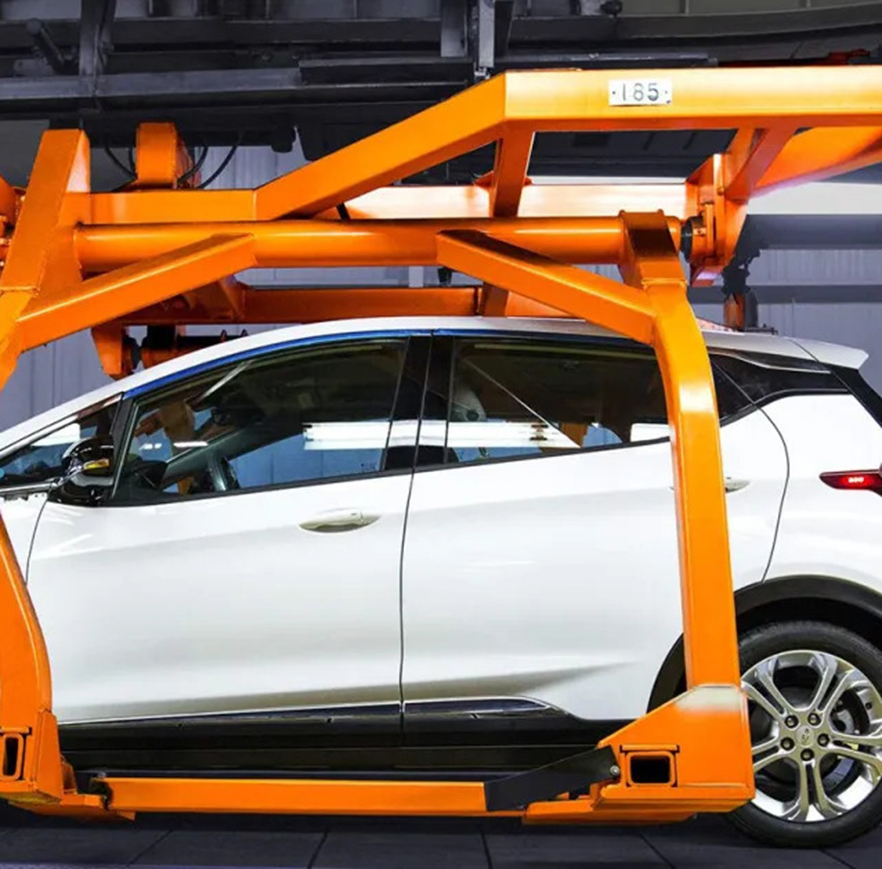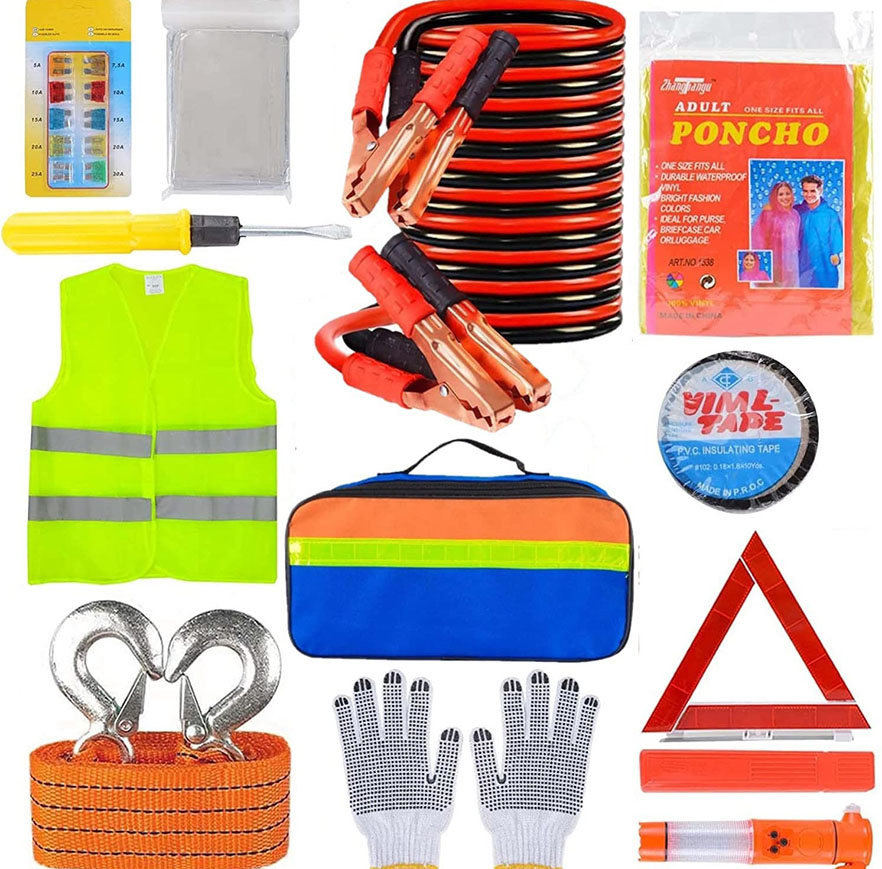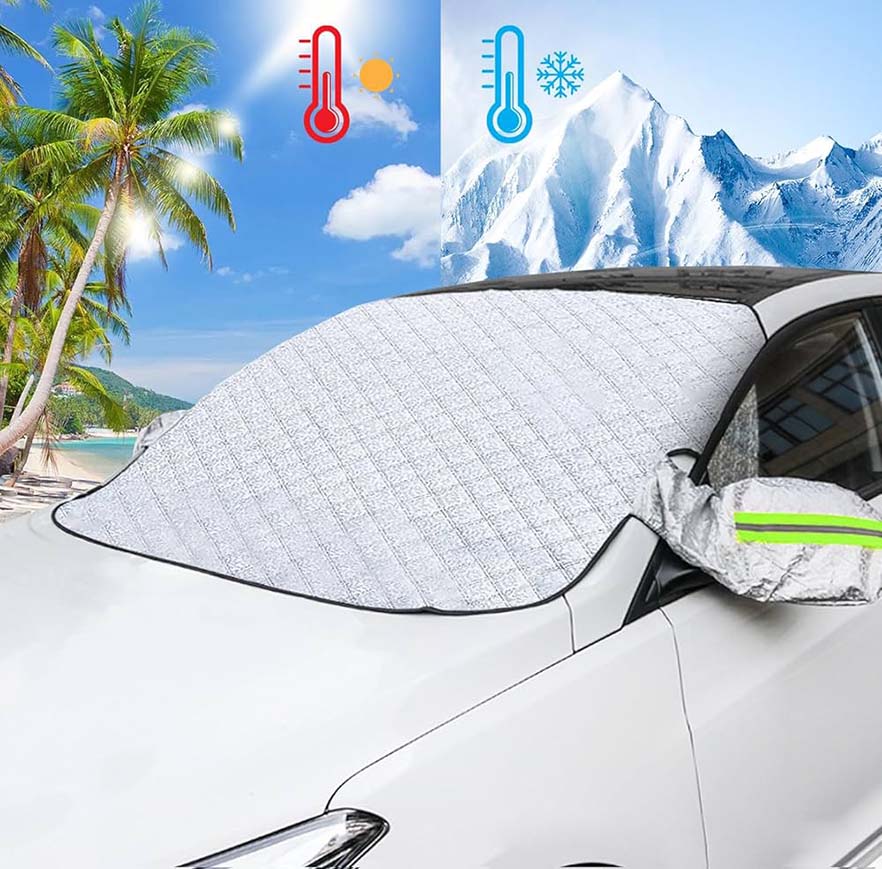When hitting the road, it’s important to be prepared for any situation. Here are the top 10 in-car essentials every driver should have:
Torch
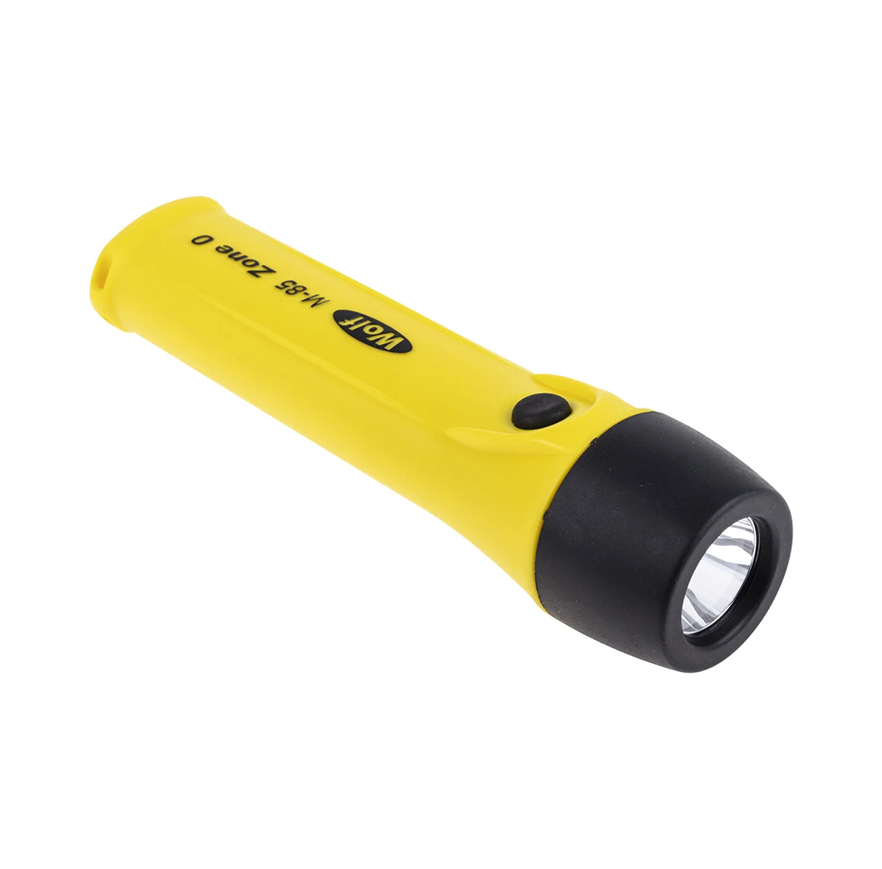
A compact flashlight or torch is an indispensable in-car essential that can come in handy during emergencies or in low-light situations, especially at night. Whether you need to change a flat tire, inspect your vehicle’s engine, or search for something in the dark, having a reliable source of light is crucial. Choose a torch that is compact, durable, and provides a strong beam of light. Opt for LED technology, as it offers long battery life and is more energy-efficient.Remember to periodically check the batteries and keep spare ones on hand, especially during long journeys. Additionally, familiarize yourself with the operation of the torch before an emergency arises, ensuring you can easily access and use it when needed. By having a reliable torch in your car, you’ll be well-prepared for unexpected situations and able to navigate safely in low-light conditions.
Power Bank

In today’s connected world, a power bank has become an essential item for keeping your mobile devices charged while on the road. Whether you’re using your smartphone for navigation, streaming music, or staying connected with loved ones, having a reliable power source is crucial, especially during long drives or in case of emergencies.By having a power bank in your car, you can stay connected and powered up even when you’re away from a power outlet. It provides peace of mind knowing that you can rely on your devices, particularly during emergencies or when you need to communicate with others. Just remember to charge your power bank regularly and keep it in a cool and dry place to maintain its performance.
Phone Charger
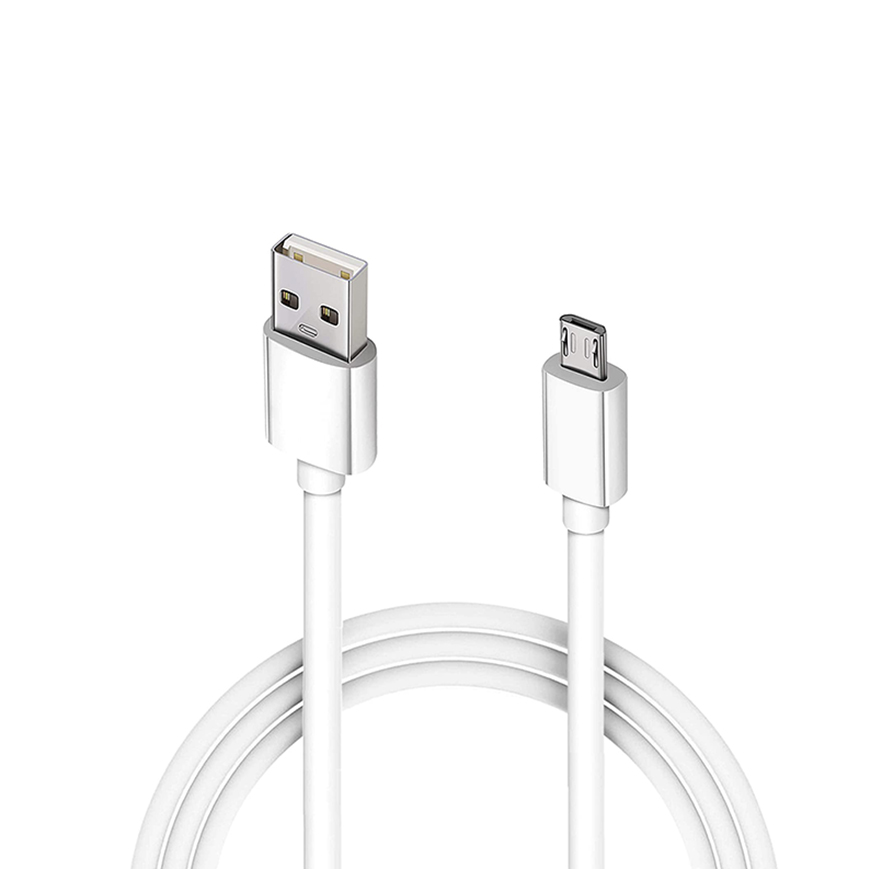
A phone charger compatible with your car’s power outlet is a must-have in-car essential. It ensures that your phone stays charged and accessible for various purposes during your journey. Whether you need it for navigation, emergency calls, or staying connected with loved ones, having a reliable phone charger in your car is essential for peace of mind and convenience. Having a phone charger in your car allows you to stay connected and powered up throughout your journey. It ensures that you can use your phone for navigation, emergency situations, or simply to stay entertained during long drives. Remember to check your phone’s battery level regularly and keep it charged using the car charger when needed.
Antifreeze and De-Icer
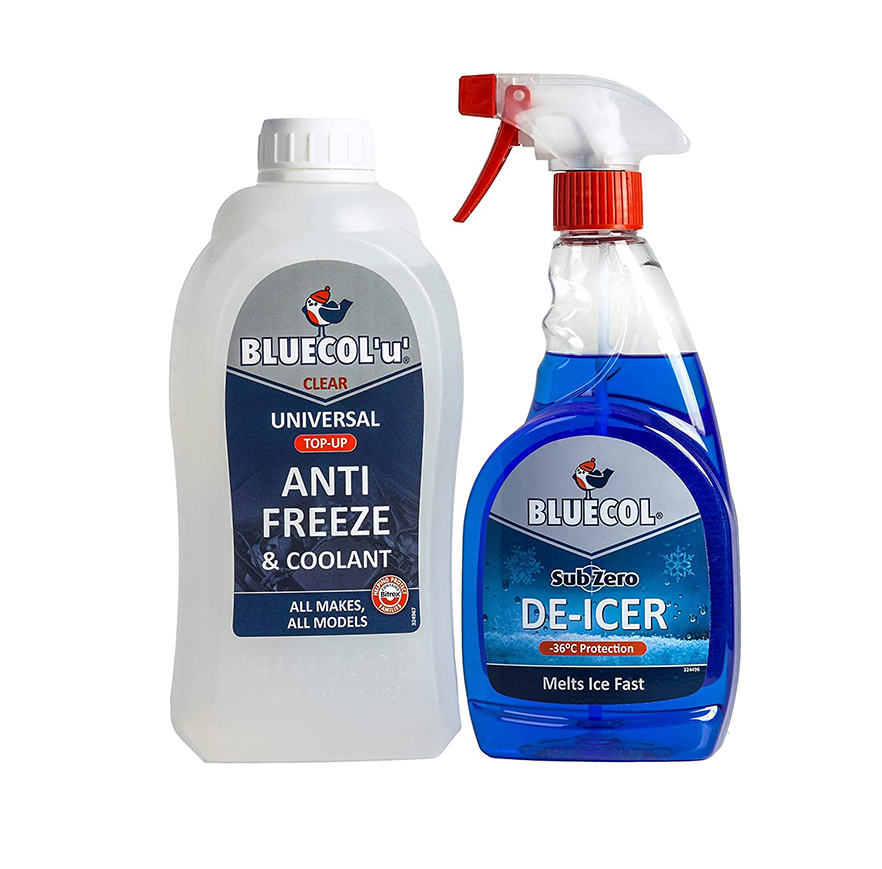
When temperatures drop during the colder months, it’s important to be prepared with antifreeze and de-icer in your car. These essential items help prevent freezing and ensure the smooth functioning of your vehicle, especially in icy or frosty conditions. Antifreeze, also known as coolant, helps regulate the engine’s temperature and prevents it from freezing or overheating. It’s crucial to maintain the correct level of antifreeze in your vehicle’s cooling system, as it not only prevents freezing but also protects against corrosion and helps maintain optimal engine performance. Check your vehicle’s owner’s manual to determine the appropriate type and mix of antifreeze for your specific car. De-icer is used to remove ice and frost from your car’s windows, mirrors, and locks. It comes in various forms, such as spray bottles or aerosol cans, and contains ingredients that help melt the ice quickly. Keep a bottle of de-icer in your car during the winter months, as it can save you time and effort in clearing your windows before driving.
A Spare Tyre
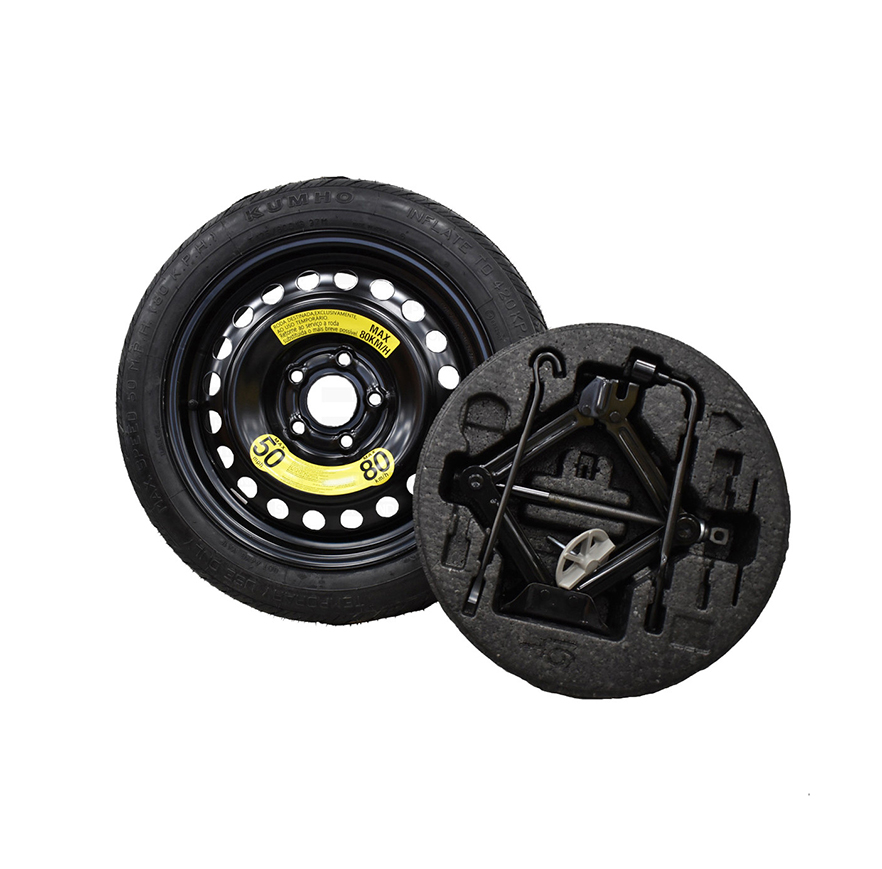
A fully inflated spare tyre is an essential item to have in your car at all times. It provides peace of mind knowing that you can handle a flat tyre situation without being stranded on the side of the road. Along with the spare tyre, it’s important to carry the necessary tools to change a flat tyre, such as a jack, lug wrench, and wheel chocks. It’s important to note that a spare tyre is not a permanent solution and should be replaced with a regular tyre as soon as possible. Regularly check the condition and pressure of your spare tyre to ensure it’s in good working order. Additionally, consider carrying a tyre repair kit or a can of tyre sealant to handle minor punctures or leaks until you can reach a repair shop.
Jump Leads
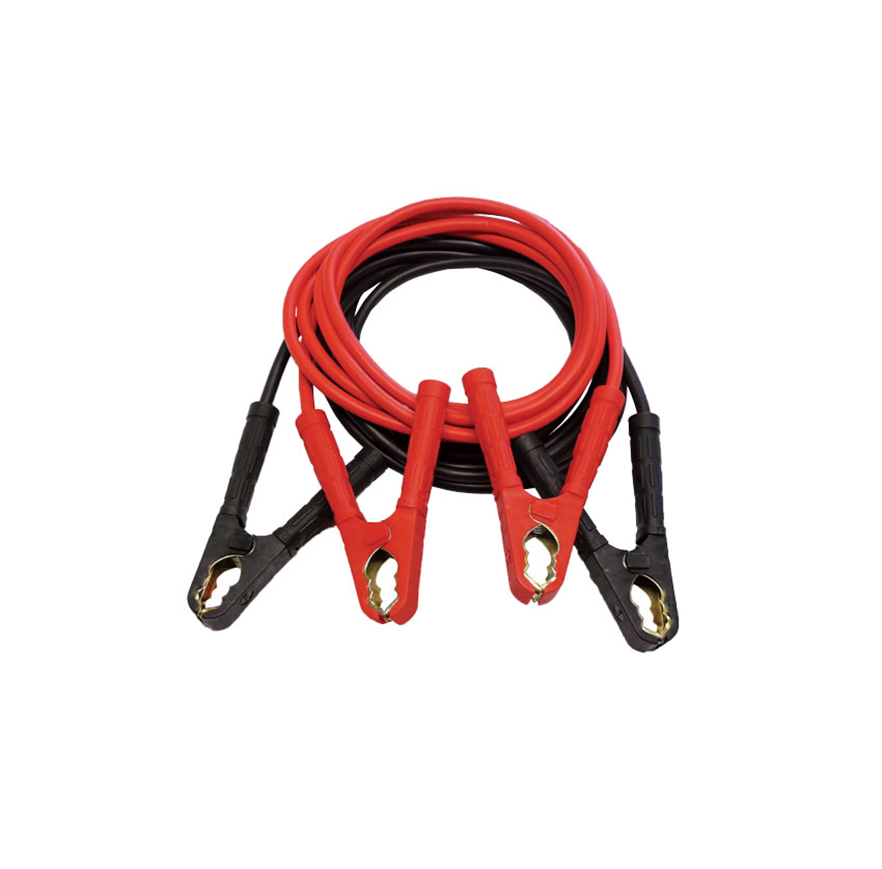
A good set of jump leads is a must-have for any car owner. Dead batteries can happen unexpectedly, leaving you stranded and unable to start your vehicle. Having jump leads on hand allows you to jump-start your car using the battery power from another vehicle. Invest in quality jump leads: Look for jump leads that are sturdy, durable, and have thick cables with solid clamps. Cheap or flimsy jump leads may not deliver enough power to start your car. Familiarize yourself with the positive (+) and negative (-) terminals on your car battery. These terminals are usually marked with red and black colors or symbols. It’s important to connect the jump leads correctly to avoid any damage to your car’s electrical system. Locate another vehicle with a fully charged battery that can serve as the donor vehicle. Position the two vehicles so that the batteries are within reach of each other but not touching. Start by connecting the positive clamp (usually red) of the jump leads to the positive terminal of your car’s dead battery. Then, connect the other positive clamp to the positive terminal of the donor vehicle’s battery. Next, connect the negative clamp (usually black) of the jump leads to the negative terminal of the donor vehicle’s battery. Finally, attach the remaining negative clamp to an unpainted metal surface on your car, such as a bolt or a metal bracket. This grounding point helps prevent sparks near the battery. Start the engine of the donor vehicle and let it run for a few minutes to charge your car’s dead battery. You may need to rev the engine slightly to provide enough power. Attempt to start your car’s engine. If it doesn’t start, double-check the connections and ensure the clamps are securely attached. If necessary, you can try revving the engine of the donor vehicle to provide an extra boost. Once your car starts, carefully disconnect the jump leads in the reverse order of connection. Start by removing the negative clamp from the metal surface of your car, then the negative clamp from the donor vehicle’s battery. Next, remove the positive clamp from the donor vehicle’s battery, and finally, remove the positive clamp from your car’s battery. After successfully jump-starting your car, let the engine run for a while to recharge the battery. It’s also a good idea to take a short drive to ensure the battery gets fully charged.
Portable Battery Pack
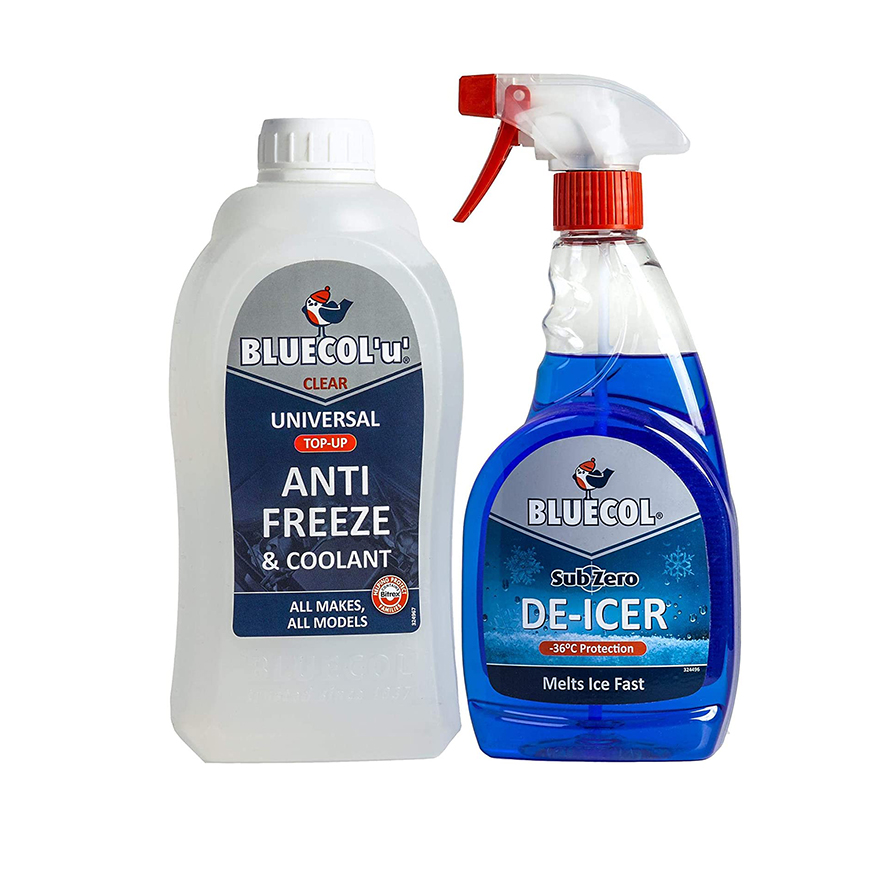
In addition to a power bank, having a portable battery pack can be a lifesaver in the event of a dead car battery. These battery packs are specifically designed to provide enough power to jump-start your vehicle without the need for another vehicle’s battery. Choose a reliable and powerful battery pack: Look for a portable battery pack that is specifically designed for jump-starting cars and has sufficient power output to start your vehicle. Consider factors such as peak current and capacity to ensure compatibility with your car’s battery. Each portable battery pack may have specific instructions on how to connect it to your car’s battery. It’s important to read and understand the instructions provided by the manufacturer to ensure a safe and successful jump-start. Connect the positive (red) and negative (black) clamps of the portable battery pack to the corresponding terminals on your car’s battery. Make sure the connections are secure and the clamps are firmly attached. Once the battery pack is connected, attempt to start your car’s engine. If all connections are correct, the battery pack should provide enough power to start the engine. After successfully jump-starting your car, disconnect the portable battery pack from your car’s battery. Follow the reverse order of connection, starting with the negative (black) clamp and then the positive (red) clamp. After using the portable battery pack, it’s important to recharge it as soon as possible. Most battery packs can be recharged using a standard wall outlet or a car charger, depending on the model.
Jerry Can

When embarking on a road trip or traveling through remote areas, it’s essential to have a jerry can filled with spare fuel as a backup. Invest in a durable and leak-proof jerry can that meets safety standards. Look for cans made of materials such as metal or high-density polyethylene (HDPE) that are designed to withstand transportation and storage of fuel. Make sure the jerry can has a secure and tight-fitting cap or closure to prevent any spillage or leakage. This is crucial for safety and to avoid any fire hazards. Familiarize yourself with the legal requirements regarding the transportation and storage of extra fuel. Some countries or regions may have specific regulations regarding the maximum capacity or transportation of fuel, so it’s important to comply with these regulations. When handling a jerry can filled with fuel, exercise caution and follow safety guidelines. Avoid any open flames or smoking while handling the jerry can and keep it away from heat sources. Always handle the jerry can with care to prevent spills or accidents. While having a jerry can provides an extra fuel reserve, it’s still important to plan your fuel stops in advance. Research the distance between fuel stations along your route and ensure you have sufficient fuel to reach the next available station. The jerry can should be seen as a backup option rather than a primary fuel source. When storing the jerry can in your vehicle, make sure it is secure and positioned upright to prevent any movement or spillage during transit. Avoid placing it near heat sources or inside the passenger compartment, as fuel vapors can be hazardous. Check the condition of the jerry can periodically to ensure it remains in good shape. Look for any signs of wear, damage, or deterioration, and replace it if necessary. Having a jerry can filled with spare fuel can provide peace of mind when traveling through remote areas or on long road trips where fuel availability may be uncertain. It’s a precautionary measure that ensures you have a backup fuel supply in case of emergency or unforeseen circumstances.
Important Documents

When hitting the road, it’s crucial to have your important documents with you. Ensure you have a valid driver’s license that is up-to-date and matches the vehicle you are driving. It’s essential to have your license readily available as you may need to present it to law enforcement or when renting a car. Carry your vehicle registration papers to prove ownership of the vehicle. This document contains important information such as the vehicle identification number (VIN), make, model, and license plate number. It’s mandatory in many countries to carry proof of insurance for your vehicle. Make sure you have your insurance card or policy documents that demonstrate you have the required coverage. This document is important in case of an accident or if you need to provide proof of insurance to authorities. Keep a list of emergency contact numbers, including local emergency services, roadside assistance, and your insurance provider. This information will be invaluable if you encounter any issues on the road and need immediate assistance. It’s always a good idea to carry another form of identification, such as a passport or identification card, especially if you are traveling internationally. Keep these documents in a secure and easily accessible location, such as a glove compartment or a designated document organizer. Ensure they are protected from damage, loss, or theft by keeping them in a waterproof bag or folder. Consider making copies of your important documents and storing them separately from the originals. This can be helpful in case the originals are lost or stolen, as you will have backup copies to refer to. Take photos or scan your important documents and store them securely in a password-protected digital format. This provides an additional layer of backup and ensures you can access your documents even if the physical copies are not available. Keep your important documents up-to-date. Renew your driver’s license and vehicle registration as needed, and ensure your insurance coverage remains valid and current.
Warm Clothing

No matter the time of year or your destination, it’s essential to pack extra warm clothing in your car. Weather can be unpredictable, especially during long drives or in mountainous regions. Even during the summer, temperatures can drop significantly at night or in certain areas. Having extra warm clothing ensures that you and your passengers can stay comfortable and protected from the cold. In the event of a breakdown or accident, you may find yourself stranded for an extended period until help arrives. Having warm clothing, such as blankets, jackets, and hats, can provide much-needed warmth during these situations. They can also help prevent hypothermia if you need to wait outside your vehicle for assistance. Road trips often involve unexpected delays due to traffic congestion, accidents, or road closures. If you find yourself stuck in your car for an extended period, having warm clothing on hand can make the wait more bearable and comfortable. If you plan to engage in outdoor activities during your journey, such as hiking or camping, it’s crucial to pack warm clothing even in warmer months. Mountainous areas or high-altitude regions can experience rapid temperature drops, especially at night. Being prepared with layers and warm clothing ensures you can enjoy your activities without discomfort. Having warm clothing available in your car promotes overall well-being and comfort during your journey. It allows you to regulate your body temperature and stay cozy regardless of external conditions. When packing warm clothing, consider layering options. This allows you to adjust your clothing according to changing temperatures or personal preferences. Choose moisture-wicking base layers, insulating mid-layers, and weather-resistant outer layers to maximize comfort and protection. Store your extra warm clothing in a dedicated bag or container within your vehicle. Keep it easily accessible, such as in the trunk or backseat, so you can quickly access it when needed. Consider using vacuum-sealed bags to save space and keep your clothing dry and protected. Regularly inspect your warm clothing to ensure it is in good condition and replace any worn-out items. Pay attention to the quality of insulation, zippers, and overall functionality.

